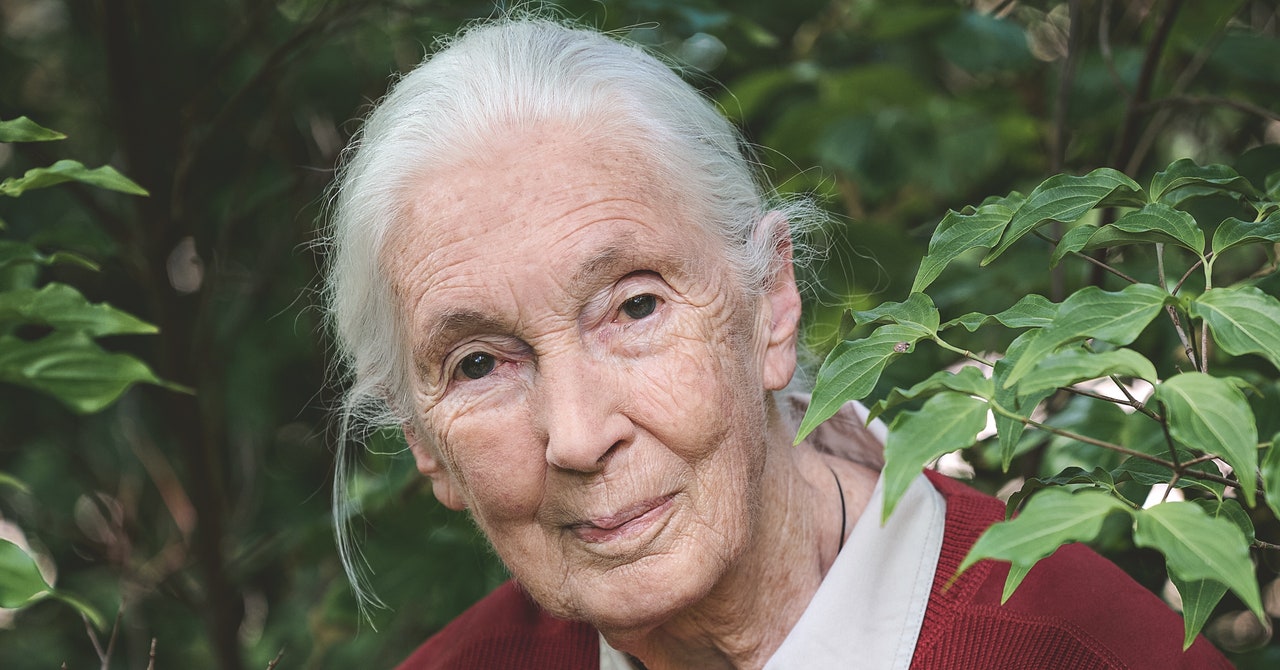While immersed in fieldwork earlier in life, Goodall recognized that lifting people out of poverty was integral to preserving biodiversity in the national park. Hence, she initiated the Tacare program, which offers microloans to kick-start sustainable businesses, scholarships for girls previously deprived of secondary education, and family-planning counseling. Additionally, farmers receive advice on chemical-free, sustainable farming practices, such as permaculture.
âI realized the reason the trees were cut down was because people were struggling to survive,â reflects the scientist. âTheir families were growing, and they couldnât afford to buy food from elsewhere. Their own farmland was infertile with overuse. And so they were cutting down the trees, either to make land, to grow food, or to make money from charcoal or timber.â
Itâs only when individuals secure their own livelihoods that theyâre inclined to confront the repercussions of their actions and address their environmental impact. This shift in behavior is evident in villages surrounding the national park, where new technologies aid locals. With a simple mobile phone app, villagers can report illegal tree felling by capturing images of fallen trunks. This initiative, initially launched in 12 Gombe villages, now operates in 104 villages across Tanzania and six other African nations.
By stopping deforestation, chimpanzees are no longer forced to live in a confined territory cut off from the outside world. They have created corridors through which they can move freely and interact with other groups, promoting genetic exchange. Today, Gombeâs chimpanzees are connected to their counterparts in neighboring Burundi and are more likely to survive.
A bit further north, in Uganda, Goodall tells us, there is a farmer involved in the Jane Goodall program. His primary livelihood comes from growing sugarcane. However, his farming activities have attracted the attention of chimpanzees, whose habitat and food sources are diminished by agriculture. In response, he decided to allocate a portion of his land near the rainforest surrounding his farm to cultivate crops favored by the chimpanzees. This way, the chimpanzees would have less incentive to raid his sugarcane fields.
âThe locals now grasp that conservation benefits both wildlife and their own future,â says the primatologist. Goodall is a staunch believer in the transformative power of grassroots efforts to safeguard our planetâs biodiversity and secure a sustainable future for all.
She shares a cascade of uplifting examples of environmental stewardship. With them, one could paint a picture of human progress in preserving nature. Yet Goodall tempers this optimism with a sobering reality check. âTake the United States, for example. Biden put back lots of regulations to protect wildlife. Trump has boasted that if he gets back in, he will open up the national parks to logging and mining. I mean, heâs actually boasting about it,â she says.
In Africa, China is increasingly active, investing in rapid road-building, dams, and mineral extraction at the expense of the environment and space for wildlife.
âFunnily enough, within China, theyâre ahead in solar power development. Theyâre now very passionate about protecting their own environment,â says Goodall. âWe can always blame China, but what theyâre doing is looking after their own environment and getting all the materials they need by harming other environments. But thatâs what colonial powers did, and thatâs what big business is still doing. America gets its raw materials by going and mining in other countries, the developing countries.â

